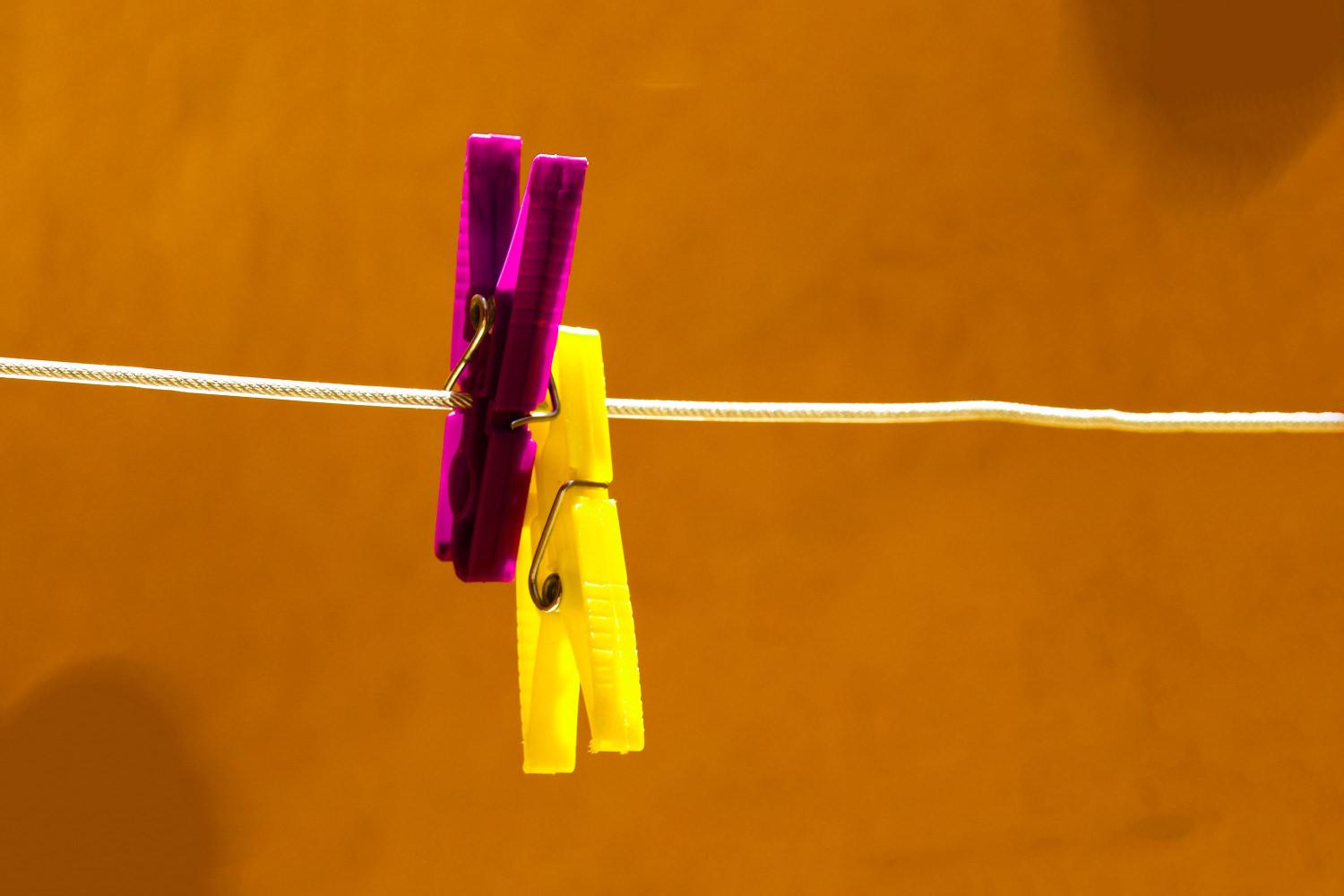There are many confusing terms in photography, and "colour temperature" is definitely up there with the best of them. Its name doesn't really give you much of a clue what it's all about, and when you hear people talking about "using a Cloudy white balance setting to correct a 7,000K colour temperature" it can be easy to switch off and do your best to ignore it.
For beginners I'd actually recommend doing just that - it's the sort of thing you can get away with not knowing while you're learning more basic photographic skills. However, once you're at a more advanced level, colour temperature can prove to be very useful, and is a lot simpler to get to grips with than you might expect.
What Does Colour Temperature Mean?
The technical definition of colour temperature is full of terms like "black-body radiator" and "chromacity space" - in short, it's very confusing, very boring, and above all leaves you feeling even more baffled than before.
In layman's terms though, different light sources produce different coloured light. For example, a candle emits a reddish light, while the midday sun's rays have a blue tint. These different colours can be expressed using a number, and this number is known as the colour temperature.
Colour temperature is measured on the Kelvin scale, which is denoted by the letter "K" or the word "kelvin" after the number. However, this is largely irrelevant - the only part we're interested in is the number.
How is Colour Temperature Used in Photography?
You're probably wondering how all this affects you and your images. Well, the human eye is excellent at adjusting to different colour temperatures, which means that to you and me objects appear roughly the same colour whether they're outside in the sun or indoors under a lightbulb.
You can use colour temperature to keep the colours in your photos looking accurate and natural. Image by Jose Guzman Garza.
Digital cameras aren't as good at adapting as we are, and as a result they "see" objects as being different colours depending on the lighting. This can lead to our photos having a colour cast - that is, an overall blue or orange tint - which makes the shot appear unnatural and unpleasing.
Thankfully cameras allow you to correct for these colour casts by telling them the colour temperature of your scene. This is done using the white balance setting - simply tell the camera what type of lighting your scene has (daylight, shade, tungsten etc), and it will use an appropriate colour temperature.
For even more accurate control, some cameras allow you to program in an exact colour temperature in kelvin. You can get a precise value by using a colour temperature meter, or by taking a photo of a white object under the same lighting and letting the camera calculate the temperature. Alternatively you can make an educated guess using the chart below.
Colour Temperature Chart
The following chart shows rough colour temperature values for a range of different conditions. The bar is coloured to show the hue and strength of any colour casts that might appear in your shot. Feel free to print it out and carry it with you to help you make quick adjustments on location.
A colour temperature chart is useful for selecting the right white balance to suit conditions.
Colour temperature can seem a tricky concept to learn, but once you get used to it you'll find it becomes second nature. It can be an invaluable thing to know, helping you cope with all manner of lighting conditions to produce photos which appear natural and well-balanced without the need for excessive post-processing.
